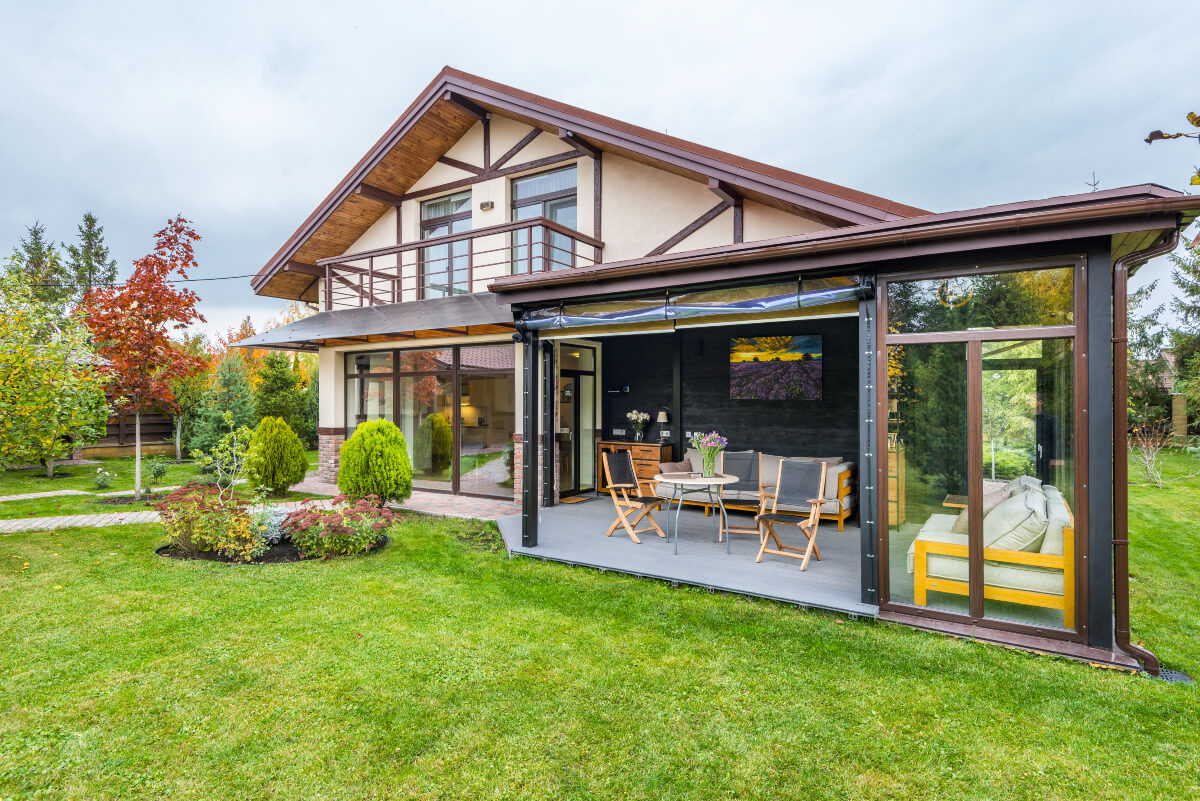Your Indoor Plants Keep Dying: Here Is Why
Are you maintaining your indoor plants and trees by the book but still find it impossible to keep them alive? You might not have been able to detect what is going wrong, but with indoor plants, there can only be a couple of reasons your plants aren’t flourishing under your tender care. This blog article outlines the typical causes of houseplant death, even when all of your care-taking is done correctly.
Via Pexels

Over-Watering or Under-Watering
The most common reason for interior plant death is over- or under-watering, a challenge that many amateur gardeners encounter. Root rot, which causes your plants to wilt or perish, can result from overwatering. On the other hand, inadequate watering can cause the plant to have dry leaves or cause the soil to pull away from the pot’s borders. Follow the recommended watering timetable and use well-draining soil to prevent waterlogging from preventing your plants from dying.
Lack Of Adequate Sunlight
Lack of proper lighting is another cause that could make your plants die before their time. Plants require light to produce energy for photosynthesis. Your plants will experience stunted growth or yellowing if they don’t receive the proper kind and quantity of light, preventing them from converting this energy into sugar or food. Ensure you do enough research on each plant’s appropriate lighting needs, as some require more and others less.
Soil Health
The type of soil you grow your plants in is very important but is often overlooked. Heavily compacted soil that does not drain well makes it difficult for plants to absorb the necessary nutrients or air they need. This leads to poor growth, wilting and eventually death. It is crucial to plant health to choose well-draining soil, add fertiliser, and avoid using the topsoil from your garden because it’s typically too compact.
Pest Infestation
Indoor plant and tree care includes proactively taking steps to prevent pests from entering your plant’s environment if you want to give them a living chance. Inspect your plant carefully for signs of insect damage or disease. This will come as wilting, sticky residue or discoloured leaves and stems. If you have confirmed that your plant has a disease or pest, only a few treatments might help. Insecticidal soap is a very effective solution for treating pest infestations. You can make your own insecticide from a mild soap solution or visit your local nursery for some advice if this fails.
Your Wi-Fi
The following may seem odd, but it’s true. Wi-Fi signals could be affecting your indoor plants in various ways. Wi-Fi signals can interfere with the natural frequency of nature, leading to wilting and dying leaves. To protect your houseplants from this issue, try placing them away from routers or turning off the router while they are in the same room.
Keeping houseplants healthy can be a fickle business. The cause of your plants dying is often quite simple, but something like pests or diseases might be more complicated to deal with. Expanding your knowledge and understanding of what your plants need can control these factors and help your plant to flourish. Also, only treat some of your plants the same; research each plant’s individual needs before watering or fertilising.






